Chants, treasure, gods, a curse, rain, a temple, dolls, mutilation of the flesh, lanterns, youth, beautiful scenery, fatherhood, overgrowth, emptiness, fog, risk, and greed. These are all characteristics of Tumbbad, a film that is filled to the brim with detail, a film that because it revolves around the three generations of a family who build a temple for a goddess’ first-born, they are biting off more than they can chew; they are flirting with an entity that is far beyond their understanding. This is engaging in that although there is security in wealth, the odds are not in the characters’ favor as they go out of their way to attain it, which goes to show how motivated they are by greed.
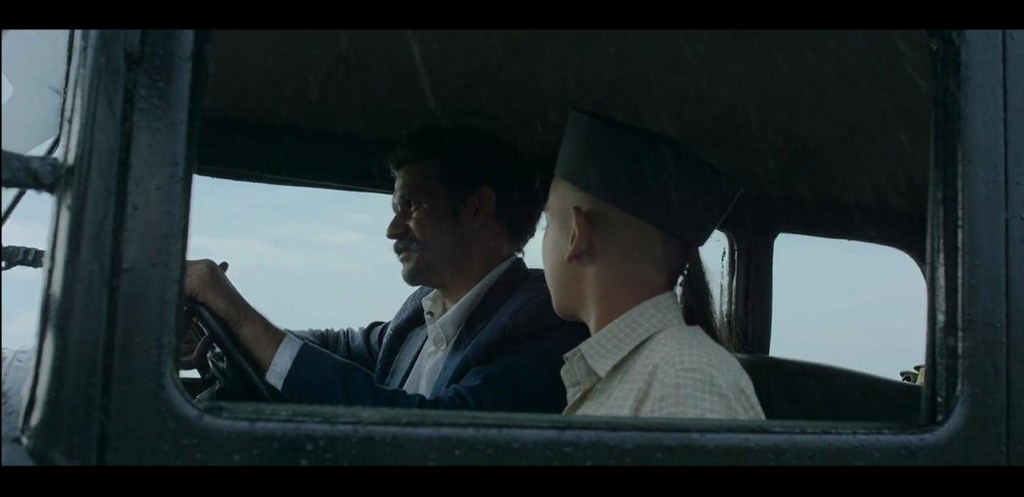
The goddess’ womb is the ideal backdrop for treasure hunting, as low lighting accentuates claustrophobia and emphasizes shadows, which, as far as immersion goes, is well executed. In fact, the approach is such that it conveys the vastness of the womb as well as the fact that those who venture into it are rubbing elbows with something bigger than themselves. It’s uncertain yet intriguing, what with lanterns that highlight small details, monsters obscured by shadow, and fleshy textures, all of which contribute to the womb’s cave-like interior, all the while retaining an aura of mystery.
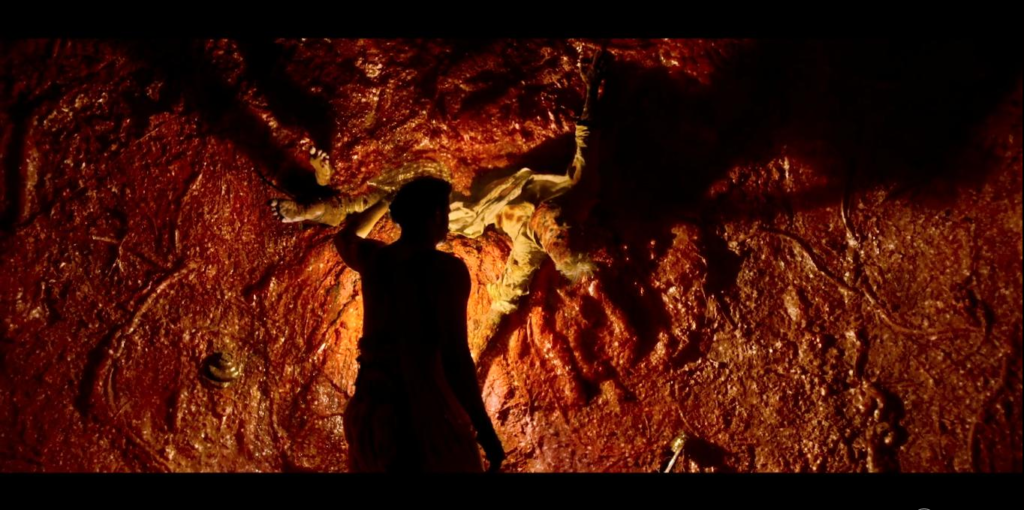
The curse is another interesting aspect because not only does it affect those who venture into the womb, but also because it brings about a non-stop downpour of rain over the village. This is as much of an expression of sadness over those whose efforts to attain wealth end in death as it is telling in terms of the intensity of the gods’ ire. Ire which is conveyed by the presence of cloud-filled skies, which is without a doubt a powerful yet haunting backdrop.
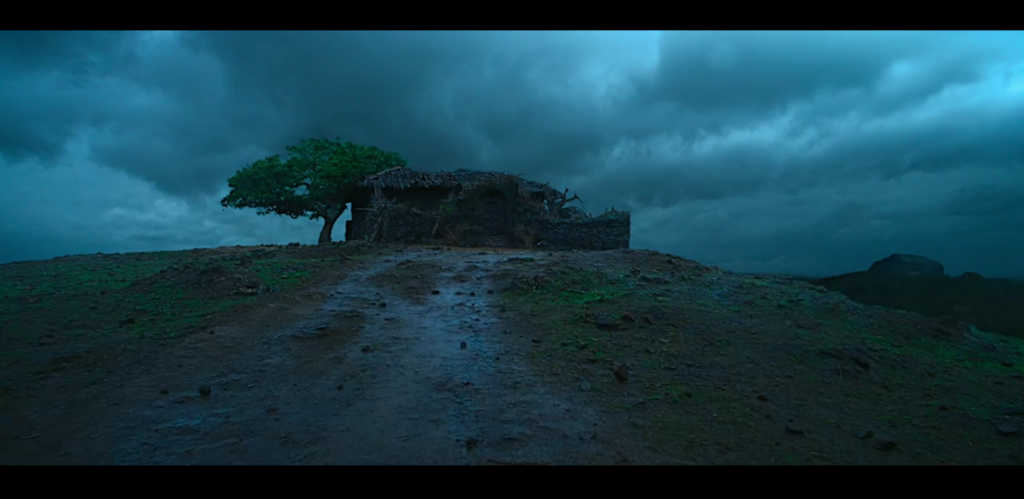
Rahi Anil Barve strikes me as a filmmaker who understands the potency of an image, a quality that is exhibited throughout Tumbbad. Everything from the elaborate dance sequences to the vast scenery is in the limelight, and the attention to detail shows. An utterly absorbing experience.

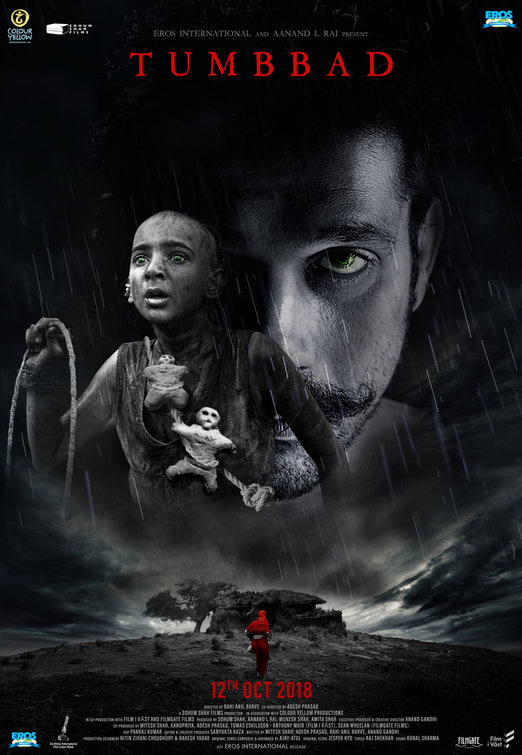
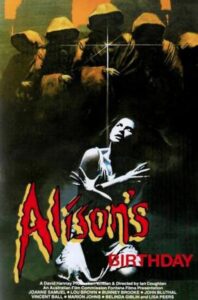


No comments! Be the first commenter?